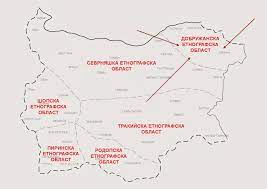Our country is small in terms of territory, but it gathers seven folklore regions, each unique for itself with its own specific features in terms of clothing, music, songs and dances.
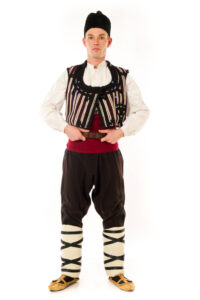
Dobrudja region covers the northeastern part of Bulgaria. To the east it stretches to the Black Sea, to the southwest – to Ludogorie and the Severnyashka folklore region, and to the north it borders the Danube River. Dobruja way of life and traditions are well preserved in the regions of Silistra, Tutrakan, Tervel, Dobrich, Kavarna, Balchik and Varna. In this region, livelihood, songs and dances are inextricably linked with agriculture. The reason – Dobruja has always been the granary of Bulgaria
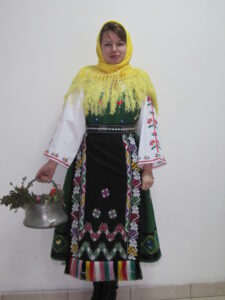
Dances
The dance of Dobruja is moderate, the dancer is crouched or seated, most often leaning backwards. In most Dobruja dances, the tempo at the beginning of the melody is slow, and then gradually becomes moderate. Both men's and women's dances have free body movement, with arms and shoulders taking an active part in the dance. Mixed people in a circle or semicircle are most typical. The famous "Dobrudzhanski Ruchenik" is performed only by men, as the dancers dance the same slow and smooth movements, without catching each other. In the Dobrudja handbook, moments from the daily work in the field are interwoven - sowing, mowing, harvesting, etc.
You can read more about our native folklore, holidays and customs, clothing and embroidery in the collection
Folklore collection "Once upon a time - manners and worldview of the Bulgarians"
Popular dances
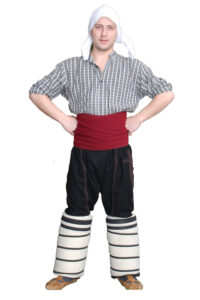
Dobrudzhan rachenik, Levo horo, Raka, Buenets, Opas, Sborenka, Circassian, Danets, Dobrudzhan tropanka.
Musical folklore
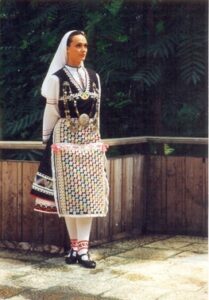
The abundance of uneven beats and dance melodies is most characteristic of this type of folk music. Here the land and its fertility are worshiped. Men and women equally perform the slow Dobruja songs, with women singing more often in the high register. The harvest songs have very rich ornamentation, and the table and sitting songs have long and detailed texts.
Popular songs
The moon has risen, The praised bride, Autumn is darkening, Give it to me, Donke le, the tambourine, Sunshine, dear mother, Are you a tulip, are you a hyacinth, The river is flowing, The whistle is playing in the field
Musical instruments
The main ones in this area are the kaval, the gudulaka and the bagpipe. A more specific instrument is the harmonica, which has long been a permanent part of Dobruja melodies. Unique to this area is the use of all three: accordion, Jura bagpipe and gudulka. Thus, over time, a unique musical style was formed, with which the Dobruja song became multi-layered and different. Otherwise, we will hear the bagpipes all over the region, the gadulka sounds more often in the parts along the Danube, and the copper sound of the kavala can be enjoyed mostly in the eastern part of the region.
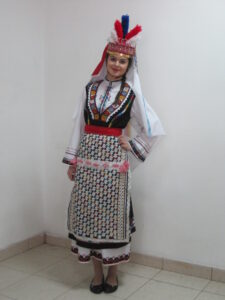
Folk rites and customs: Brazaya; Buenets; Lazarkas.
Folk crafts: coppersmithing (Varna); goldsmithing (Provadia).
Costumes: female - cloth costume for women with children and double apron for maidens and brides; men's – black dress costume.
© 2024 Iliana Dechkova

